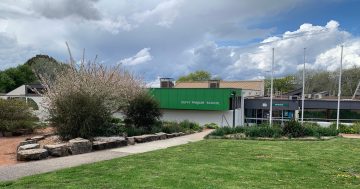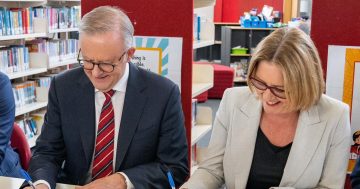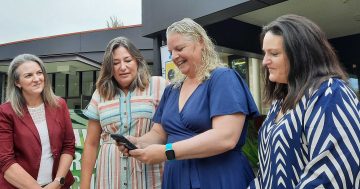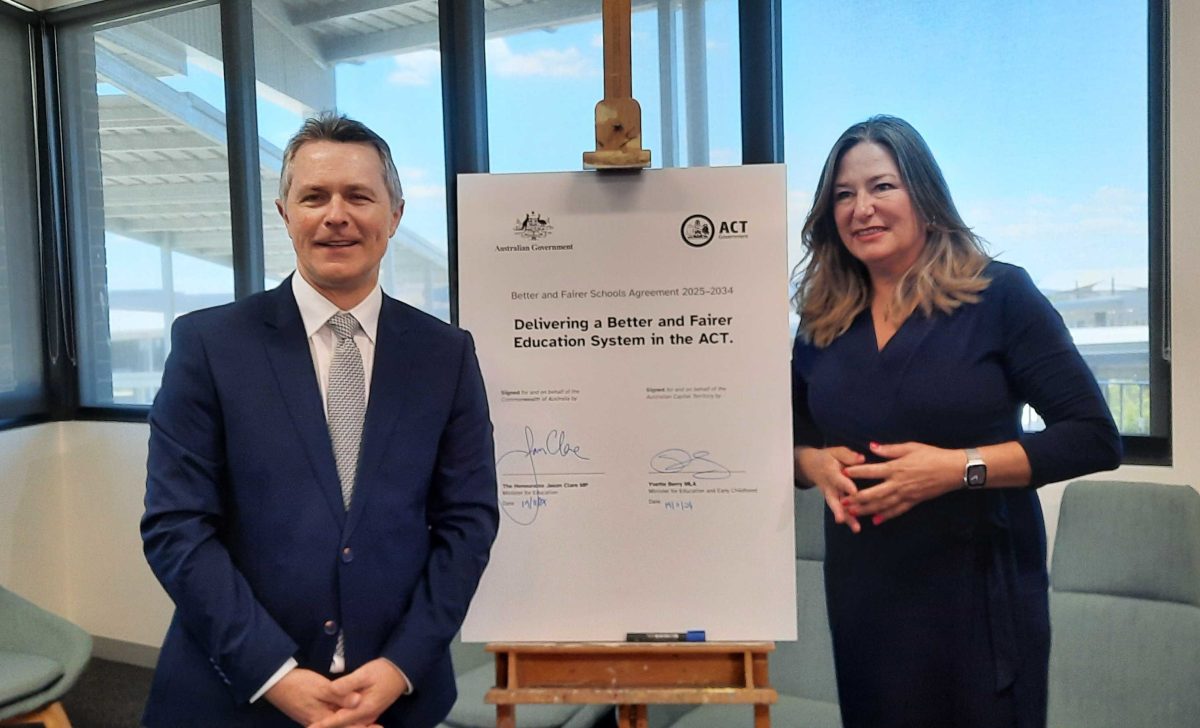
Federal Education Minister Jason Clare and ACT Education Minister Yvette Berry have signed a deal that will increase school funding by $110.5 million to 2029. Photos: Ian Bushnell.
The ACT holding out for a better schools funding deal has paid a $35 million dividend for the Territory, which is now the fourth jurisdiction to sign up.
Education Minister Yvette Berry and federal counterpart Jason Clare inked the Better and Fairer Schools Agreement on Tuesday (19 November) at the Evelyn Scott Public School in Denman Prospect.
The ACT follows Western Australia, the Northern Territory and Tasmania, but the bigger states continue to push for more money.
The agreement commits the Commonwealth to increase its funding to ACT public schools by 2.5 per cent of the School Resourcing Standard (SRS) to reach 22.5 per cent in 2026, sooner than originally proposed.
This means the Commonwealth will contribute an extra $110.5 million to ACT public schools from 2025 to 2029, with more than $1 billion in total funding being provided to ACT public schools across the five years.
Ms Berry said this would provide the ACT with $35 million more than originally proposed.
Mr Clare said it was the same accelerated deal that WA and Tasmania signed up for.
“It means that federal funding for public schools in the ACT gets to that 22.5 per cent level by the first of January 2026,” he said.
The Commonwealth funding is tied to practical reforms to help students catch up, keep up, and finish school, which, in the ACT, means its Strong Foundations reforms are based on the recommendations of this year’s literacy and numeracy inquiry.
Ms Berry said these were already being rolled out, such as Year 1 phonics and last week’s $700,000 in grants for schools to purchase learning tools and resources.
Overall, the money must be spent on Year 1 phonics and early years numeracy checks; professional learning for teachers; identification of students and schools that need targeted supports such as small-group or catch-up tutoring; ways to help disengaged students; and wellbeing initiatives, including new approaches to addressing bullying and supporting complex behaviours and more school psychologists and mental health professionals.
Initiatives to reduce teacher workload and attract and retain staff are also part of the deal.
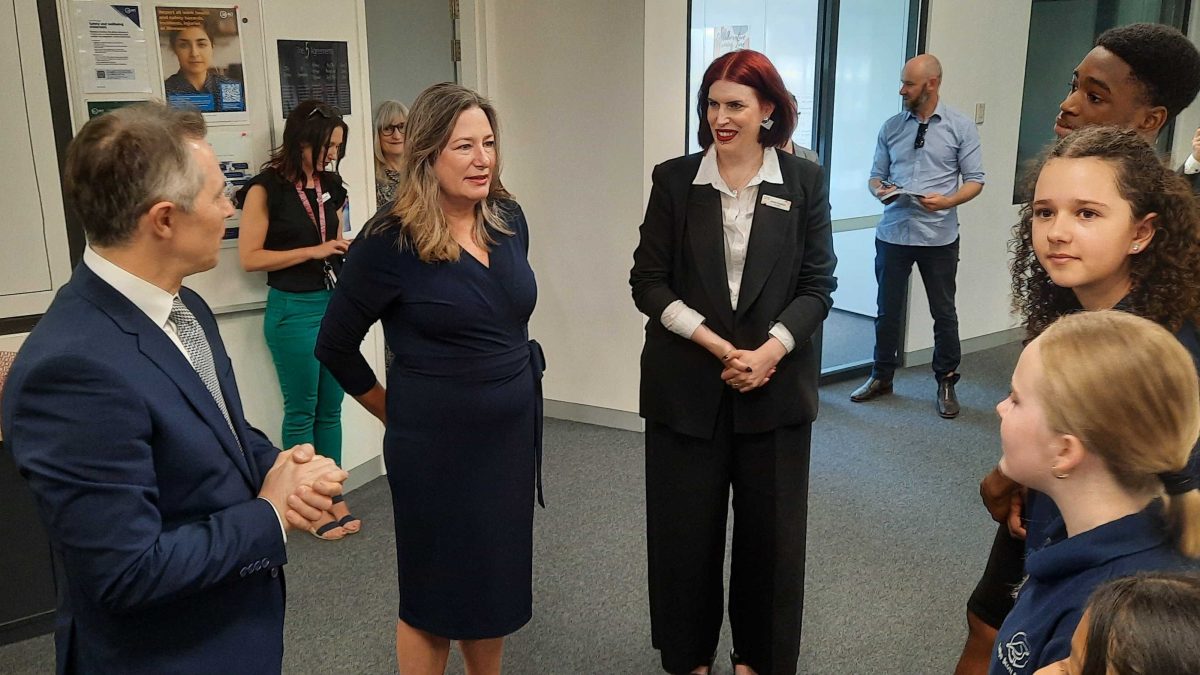
Mr Clare and Ms Berry, with Evelyn Scott Principal Jackie Vaughan, talk to students before the signing.
The ACT signing up increases the pressure on the hold-out states, which have bigger school commitments, to get on board but they are pushing for 5 per cent increase to 25 per cent.
Mr Clare said the states needed to pay more.
“We’ve got $16 billion of funding on the table to get this job done, but it can’t be the Commonwealth doing it on its own,” he said.
“It’s got to be the States and the Territories and the Commonwealth Government working together.
“If WA can chip in more, and if Tasmania can chip in more, and if the Northern Territory can chip in more, and that’s what they’re doing too, then I think that all states and territories can chip in more, and we can get this done.”
The SRS, agreed to by governments as part of Gonski reforms more than a decade ago, is the minimum dollar amount required to provide a baseline education to students.
Only the ACT has reached the SRS, with most other public schools underfunded and private schools overfunded, according to the Australian Curriculum, Assessment and Reporting Authority.
If a state doesn’t sign on, the current funding contribution from the Commonwealth will roll over for next year.
On the question of workforce support, Mr Clare said the Commonwealth was working with the States and Territories on a national teacher workforce plan to recruit more teachers and retain them.
This would follow the restoration of Commonwealth teacher scholarships and the introduction of paid practical work for students.
Original Article published by Ian Bushnell on Riotact.


